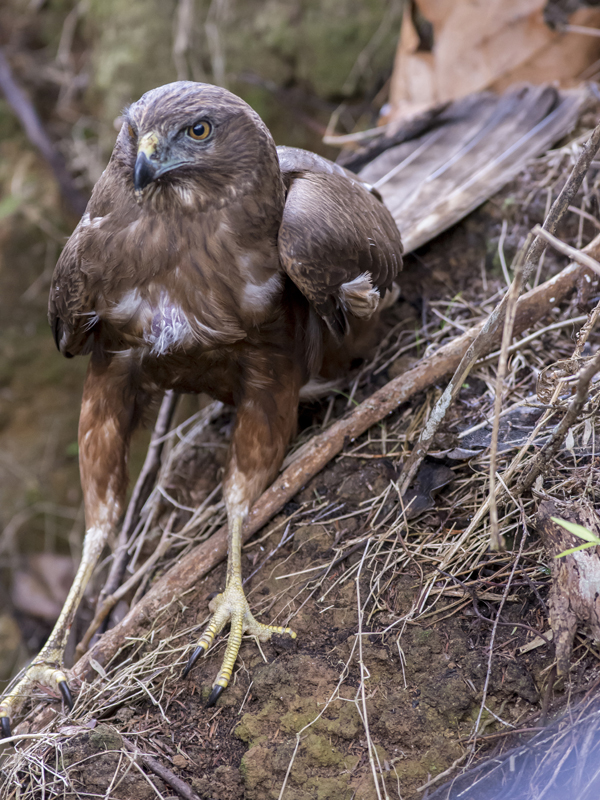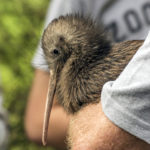There is something about hawks.
The power, the stare, the wariness.
They are raptors, birds of prey.
For many years I have wanted to shoot a bold photo of a hawk. Finally a couple of possum carcasses – trapped not poisoned ones – were dropped onto an area of open grass in a small valley below our house at Sandy Bay. The wait for the hawks to find them wasn’t long.
But they saw me coming every time I had a camera. Drive slowly down the road and the hawk would stay, happily engaged with its carrion. Try sneaking up on foot with a camera and it would take to wing well before shooting range. It would even tolerate me passing on the noisy old tractor.
A few days into this process – bird photography can be a demanding business – something different happened. Stalking with camera in hand I surprised not one, but two birds feasting on the latest possum carcass. One of the hawks rapidly swept into the air, but the other hesitated on the ground awhile before lumbering a few feet into the air and heading off at low level across a drain and through some mostly Manuka streamside planting.
A couple of hours later I noticed a hawk sitting out in the pasture a bit further up the valley. Trying to get near enough for a photo the bird duly took off but only managed to get a couple of metres in the air and then glided to a halt in some shrubbery just across a drain, and there it stayed glaring back at me.
I assumed it was a young bird that had eaten far too much possum and was overloaded for take-off. For confirmation I sent the photos to an accomplished bird whisperer, Robert Webb at the Whangarei Native Bird Recovery Centre.
He came back with the following response.
“That is an Adult Male, around 8 years old, good photos, you picked the best side as that wing has received a small amount of damage.
Are there any fences close to where the possum is, (Yes there was a fence where it first took off across the drain) it’s not unusual for a Hawk to clip a fence after eating a big meal, they need quite a bit of runway to get air born.
You can see the slight damage to the edge of the primary feathers, ( elbow area on a Human) that side will not be operating as good as the other side, the Primary Feathers, ( the long ones) is what lifts the Bird of the ground.
They will come right but it will take a while, if he gets to the stage he can’t fly bring him in, but he should be ok as you are feeding them as well.”
Worldwide there are more than 200 species in the section of the raptor family that includes hawks and eagles.
The hawk we have in New Zealand is kahu, the swamp harrier Circus approximans
There are three distinguishing traits that make raptors different from other birds:
- hooked beaks with sharp edges
- feet with sharp, curved claws or talons
- keen eyesight.


